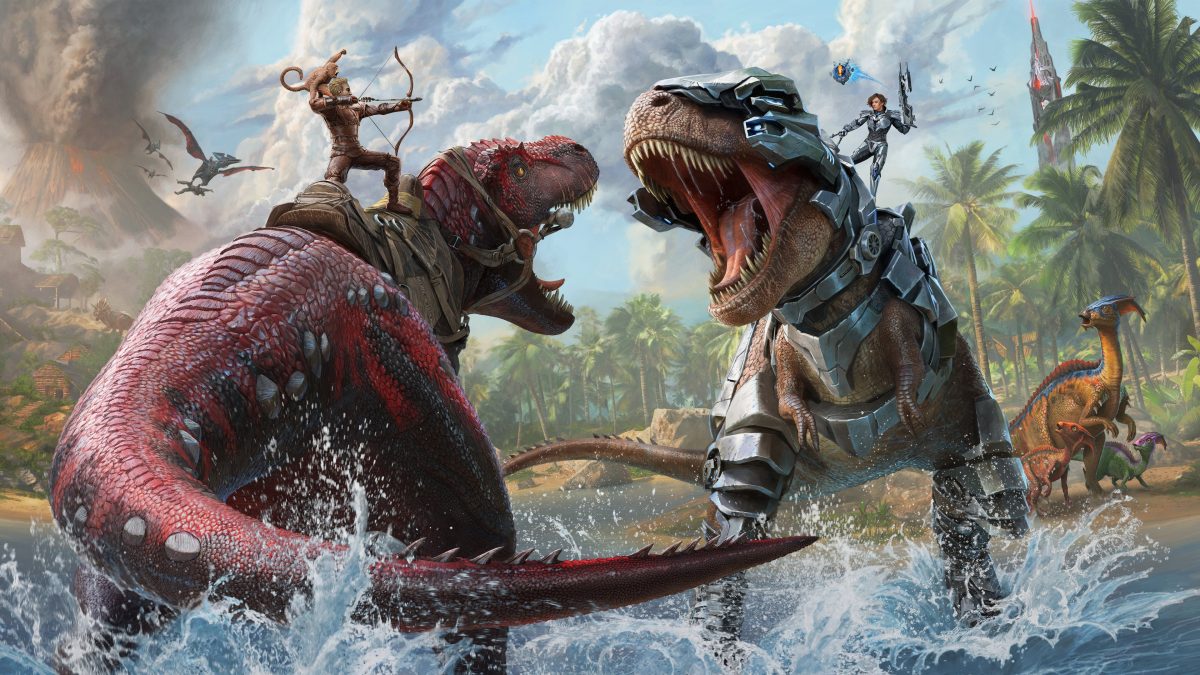
www.pcinvasion.com
Is there a fix for Single Player Not Saving error in Ark Survival Ascended?
Ark Survival Ascended has been giving players lots of grief as their single player games aren’t saving‚ erasing hours of progress. Is there a fix for this awful issue?
Single Player Games aren’t saving in Ark Survival Ascended Since a recent patch‚ lots of players are saying that their single player games aren’t saving‚ and that their progress keeps getting deleted. This has really shaken the Ark Survival Ascended community‚ who are already sick of the bugs and problems that were even present in Ark Survival Evolved. Players encountering this issue have been vehemently looking for a fix‚ as the game is unplayable until it gets solved.
Screenshot: PC Invasion This bug seems to be the last straw for some players who are fed up of Studio Wildcard’s poor performance with Ark Survival Ascended. Such players are only hanging on as Ark Survival Evolved was one of their favorite games‚ and they don’t want to give up just ye...
















